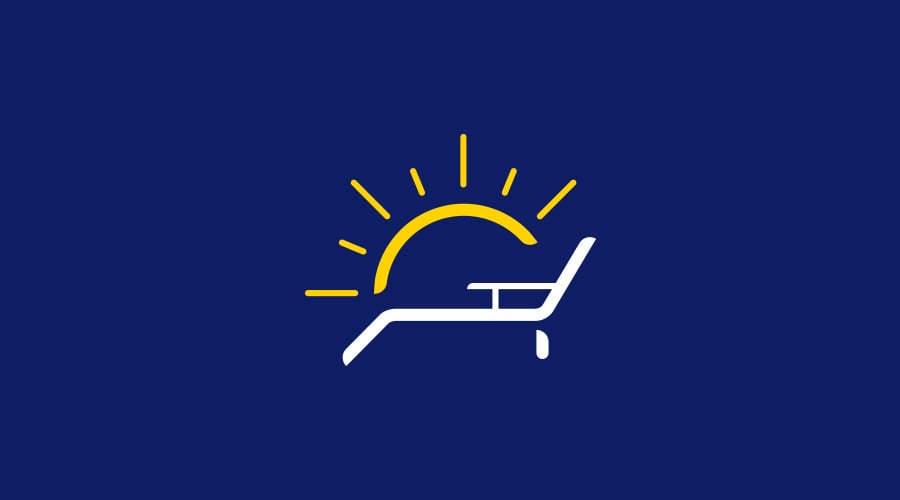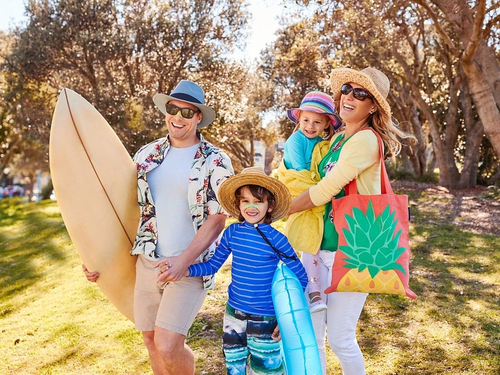You might already protect your skin on hot, sunny days but it's not sun exposure, it’s UV radiation that does the damage and causes most cases of skin cancer in Australia. The higher the UV rating, the greater your risk of sunburn and skin cancer. Be SunSmart, save your skin.
What is UV radiation and why you should care about it
Ultraviolet (UV) radiation is one of three forms of energy produced by the sun:
- Visible light – which we can see as sunlight.
- Infrared radiation – which we feel as heat.
- UV radiation – which we cannot see or feel.
UV radiation is the most dangerous of the three because it causes sunburn, cell damage in the skin and skin cancer. UV is especially tricky because we can’t see it or feel it. In fact, it’s often referred to as the ‘invisible killer’, with almost 2,000 Australians dying from this almost entirely preventable disease every year.
Download the free SunSmart Global UV app for instant sun protection advice, wherever you are:
92% of melanomas are diagnosed in people aged over 40.
Skin cancer risk: it’s not about how hot it is
When it comes to UV, it really doesn’t matter how hot or cold it is on any given day. UV levels are affected by a number of other factors, including geographic location, altitude, time of day, time of year and cloud cover.
For that reason, it’s important to realise that UV can be just as high on a cold day as on a hot one, especially if the skies are clear. And, while UV radiation is higher in summer than in winter, it’s still present every day of the year.
2 in 3 Australians will be diagnosed with skin cancer in their lifetime – however, it is one of the most preventable cancers.
Don’t rely on temperature, cloud coverage or season to determine when you need to protect yourself from the sun. Check the UV instead."
Men are almost twice as likely as women to die from melanoma.
What is the UV Index?
The UV Index is a tool you can use to protect yourself from UV radiation. It tells you the times during the day when you need to be SunSmart.
The UV Index divides UV radiation levels into:
- low (1-2)
- moderate (3-5)
- high (6-7)
- very high (8-10)
- extreme (11 and above)
When the UV index is at 3 or above, it can damage your skin and lead to skin cancer. At those times, all five forms of sun protection need to be part of your daily routine.
Just 15 minutes of unprotected exposure (when the UV is above 3) can start to damage to your skin.
How do I protect myself from UV?
It's never too late to use all five forms of sun protection because every time you protect yourself, you minimise the chance of developing skin cancer.
Whenever the UV reaches 3 or above, follow the five simple steps of sun protection: Slip on sun-protective clothing, Slop on broad-spectrum, water-resistant SPF 50 or 50+ sunscreen, Slap on a broad brimmed hat, Seek shade and Slide on sunglasses.
Discover more practical tips on how to protect yourself from UV.





